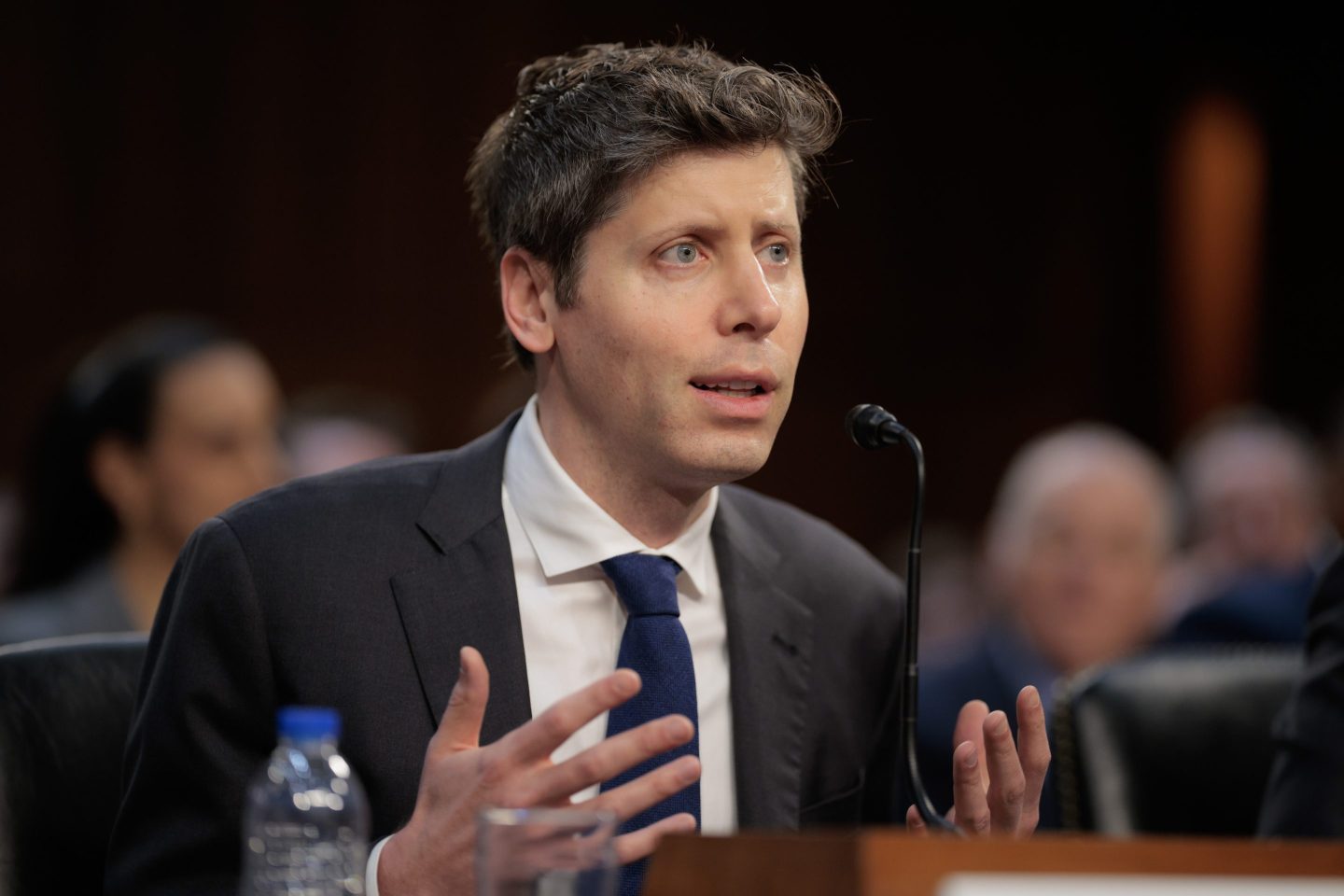Good morning!
Workers around the world are scrambling to learn how to use AI to make themselves more productive and marketable to employers. But one group of staffers is keeping their tech usage to themselves.
One in five workers are “underground” AI users, or staffers who use the tech often but are hesitant to share with their coworkers that they’re doing so, according to a new report from Salesforce. Meanwhile, 30% of staffers are “maximalists” who are all-in and very vocal about using AI, 19% are “rebels” who refuse to employ the tech, 16% are “superfans” who are excited and admire the tools but aren’t making the most out of them yet, and 16% are “observers” who are watching with caution before using it on the job.
About 55% of secretive AI users engage with the tech at least a couple times a week, according to the report, but aren’t being transparent about their activity. Of “underground” workers, around 74% say they don’t actively talk about their usage or don’t encourage others to get on board as well, while 26% will only share if asked but don’t try to influence colleagues.
When it comes to why employees would hide their AI use, it boils down to unclear rules and expectations. “People are still trying to figure out, ‘What are the norms with AI usage?’ They feel like they need to hide it from their manager, because they’re not sure what their manager is going to think about them using AI,” Christina Janzer, SVP of research and analytics for Slack, which is owned by Salesforce, tells Fortune.
Another factor may be that employers of these “underground” workers aren’t making space for the tech or being clear on how it will change the workforce dynamic. The report notes that about 43% of these secretive AI users say their companies don’t encourage the use of AI at work, and 44% are afraid the tech will take their job.
It’s true that not all businesses allow employees to use AI on the job—some companies handle sensitive data that cannot be at risk of compromise by cybersecurity threats. Janzer says in these cases, “underground” AI users should start a conversation with their manager on how the tools help them at work, but stop pushing if their employer puts their foot down.
For businesses that do allow AI but have been fuzzy about it, Janzer recommends ensuring that their company-wide policy on the tech is clear, actively encouraging employees to use the tools through gamification and incentives, and building an environment where using AI is more visible. That could help bring “underground” users out of their bunkers.
“There are some underlying issues that we need to solve, because [underground users] are using it and getting value, but they just don’t feel comfortable sharing,” she says. “Little things like starting off every weekly meeting with going around the room and saying, ‘What are some ways that you’ve used AI this week?’ That creates a culture that gives people the opportunity to learn from one another.”
Emma Burleigh
emma.burleigh@fortune.com
Around the Table
A round-up of the most important HR headlines.
Thousands of U.S. unionized hospitality workers went on strike Sunday after contract negotiations came to a standstill, as employees suffer lower wages and higher workloads amid a travel rush. New York Times
Job-hunters are split on whether to use the ‘Open to Work’ banner on their LinkedIn profile, with some critics calling it a turn-off to employers while others believing it helps. Business Insider
Actress Brooke Shields is now one of America's most high-profile union leaders. Washington Post
Watercooler
Everything you need to know from Fortune.
Au revoir, WFH. Paris is leading the RTO push as workers in the French capital are averaging three and a half days per week in the office—the highest rate among international cities. —Prarthana Prakash
Makeover. An economic expert says that AI won’t lead to mass unemployment, and that instead of swiping jobs it’ll upend the traditional functions and responsibilities of positions. —Paul Wiseman, AP
Mass uprooting. Presidential candidate Donald Trump is proposing relocating up to 100,000 federal workers from Virginia, Maryland, and Washington, D.C., spurring anxiety among government employees. —Olivia Diaz, Brian Witte, AP
Unsportsmanlike. Paralympic winners commonly earn less than 75% of the medalist money awarded to Olympic athletes, highlighting a huge pay disparity in how countries compensate their top competitors. —Eleanor Pringle













